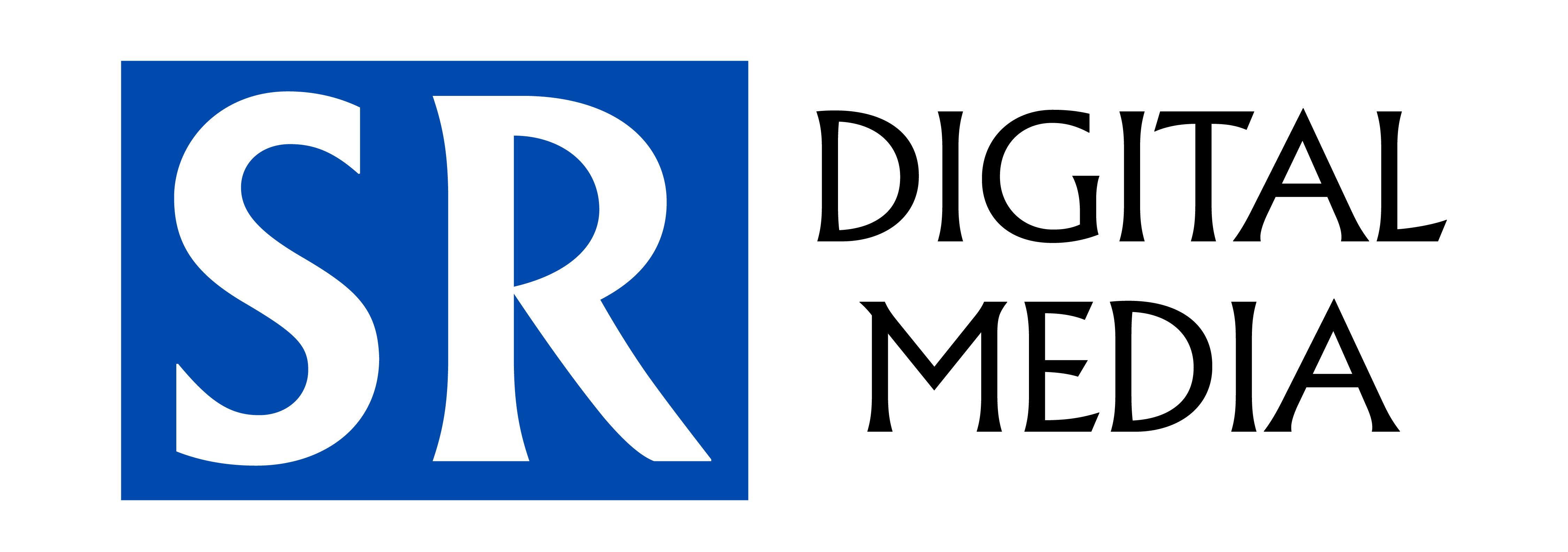
Russian millionaire Sergei Polonsky is led away by police after his arrest, Sunday, Dec. 30, 2012. Photograph supplied

writing.jpg
Agroup of leading information technology companies, called the Unicode Consortium,
is standardizing Khmer script into a format that will allow Cambodians with no foreign
language skills to utilize the world of computer technology.
Students are taught how to type in Khmer using Unicode at the Open-Society Khmer Software Initiative.
The Unicode group, which includes companies such as Apple, IBM and Microsoft, is
creating an international-standard, computer-friendly Khmer script that, experts
say, will revolutionize the way Cambodians interface with computers, and eventually
transform the way the country's business is conducted.
"Now you have to speak English to use a computer," said Hay Chanthah, computer
technician at the Center for Social Development (CSD). "Unicode will change
this."
With applications including banking services, national elections and mobile-phone
text messages in Khmer, Unicode's implementation appears poised to make a crucial
contribution to Cambodia's overall development.
"What Unicode does is reduce the digital divide," said Javier Sola, coordinator
of the Khmer Software Initiative of the Open Institute. "Now, you have an elite
who can speak English and use a computer but everyone else can do neither. The first
divide is language, then it gets bigger with technology. So if you take out the language
divide you allow everyone to use technology. This will improve access to the job
market as you will only need computer skills, not English language skills, for many
jobs."
With unemployment in the national and political spotlight, Unicode implementation
could mean more jobs for Cambodia's young job-seekers.
"A country can only advance using its own language," said Sola. "You
can't expect a country to adopt the language of technology. Technological advances
come through the local language and standardization."
Unicode provides a unique, readable number for every character, no matter what the
platform, program, or language. Before Unicode arrived in Cambodia in 1996, people
and organizations followed more than 30 different ways of encoding the font for Khmer
script.
"They used their own encoding systems and there was no standardization, which
caused chaos," Sola said.
As recent Unicode demonstrations have proven, the speed at which Khmer can be typed
has been dramatically increased.
"If you type two documents - one in [old-style computerized Khmer] and one in
Unicode - the Unicode one would be finished much faster," Chanthah said. "Unicode
means you don't have to keep pressing shift, control, alt [to create a word], you
just type."
Pre-Unicode computerized Khmer scripts - known collectively as "legacy"
fonts - required the typist to press a complex series of shortcut keystrokes to create
a single Khmer character.
"Before, you had to manually enter each piece of each character," said
Chea Sok Huor, project manager, PAN Localization Cambodia. "Now, the software
creates the characters as you type."
Unicode has transformed computerized Khmer into an actual script, not just a string
of pictographic representations of characters as was the case with legacy fonts.
"Khmer Google can find Khmer sites but only if they are typed in Unicode,"
said Sok Huor. "Unicode made it possible to develop a 'sorting tool' for computerized
Khmer script. Last year, the National Election Committee used this to sort the register
of names alphabetically."
This kind of technological advance will revolutionize more than just computer use
in Cambodia, said Sok Huor.
"We want to do SMS [text messages] in Khmer," he said. "Now, we can
send pictures but not writing. But this will change."
Implementing Unicode does present challenges. The switch from legacy fonts means
a different way of typing and requires nonstandard keyboard engraving, which is a
hardware modification, Sola said.
"It is difficult to get people to give up the old as there are people who will
have to relearn how to type," he said. "The Unicode keyboard was designed
so that the change would not be so big - simplicity in change was a big part of the
design."
Some large companies now operating with legacy fonts have shown initial reluctance
to use the Unicode format.
"Banks and institutions often use legacy fonts," Chanthah said. "In
some companies they just set the font for the entire company. Their keyboards are
set up that way, so to change will take time."
Yet the PAN localization program has created a "user friendly" way of converting
document written in Legacy fonts to Unicode, said Sok Huer.
"We now have 145 fonts that we can convert," he said. "And if someone
has a font that they can't convert, they should send it to us and within a week we
can convert it."
Contact PhnomPenh Post for full article
SR Digital Media Co., Ltd.'#41, Street 228, Sangkat Boeung Raing, Khan Daun Penh, Phnom Penh, Cambodia
Tel: +855 92 555 741
Email: webmasterpppost@gmail.com
Copyright © All rights reserved, The Phnom Penh Post








